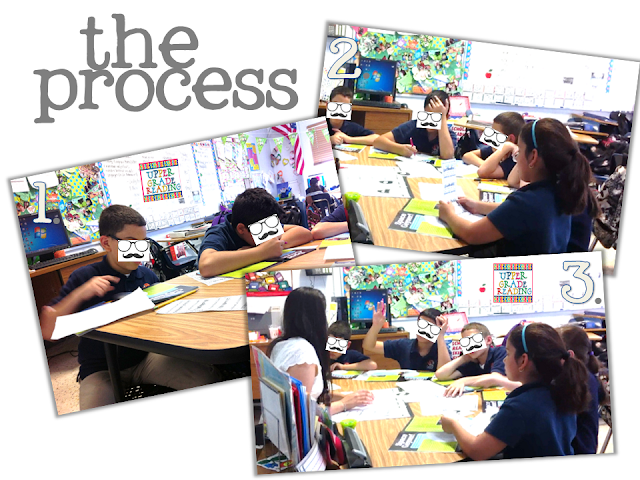Testing mode is
here and is definitely staying for the next couple of weeks. My school goes up
to 8th grade and we are basically frozen till everyone is done with
testing. To get out of these testing blue, I like to provide activity to my
students that are engaging but yet serves as a release from the big test.
Now instead of
caving in to give the kids free time, I like to do small activities where they
still can have sort of a break. Yesterday activity was to write a note of
encouragement to a friend. Today activity includes reading and writing poem.
Today we learned about
two types of poems cinquain and acrostic poems. These two styles of poems are
super for kids to explore and venture out with words. My students loved the
idea and to my surprise eager to start. I also added in that after the poem is
perfect they can type it in the computer. And this is where the crowd went
wild!
Here is a recap of
what we did…
#1: Review the difference between an Acrostic Poem and Cinquain Poem
 |
| click here to get this as a PDF file |
#2: Show examples of both poems
#3: Brainstorm and Write!













